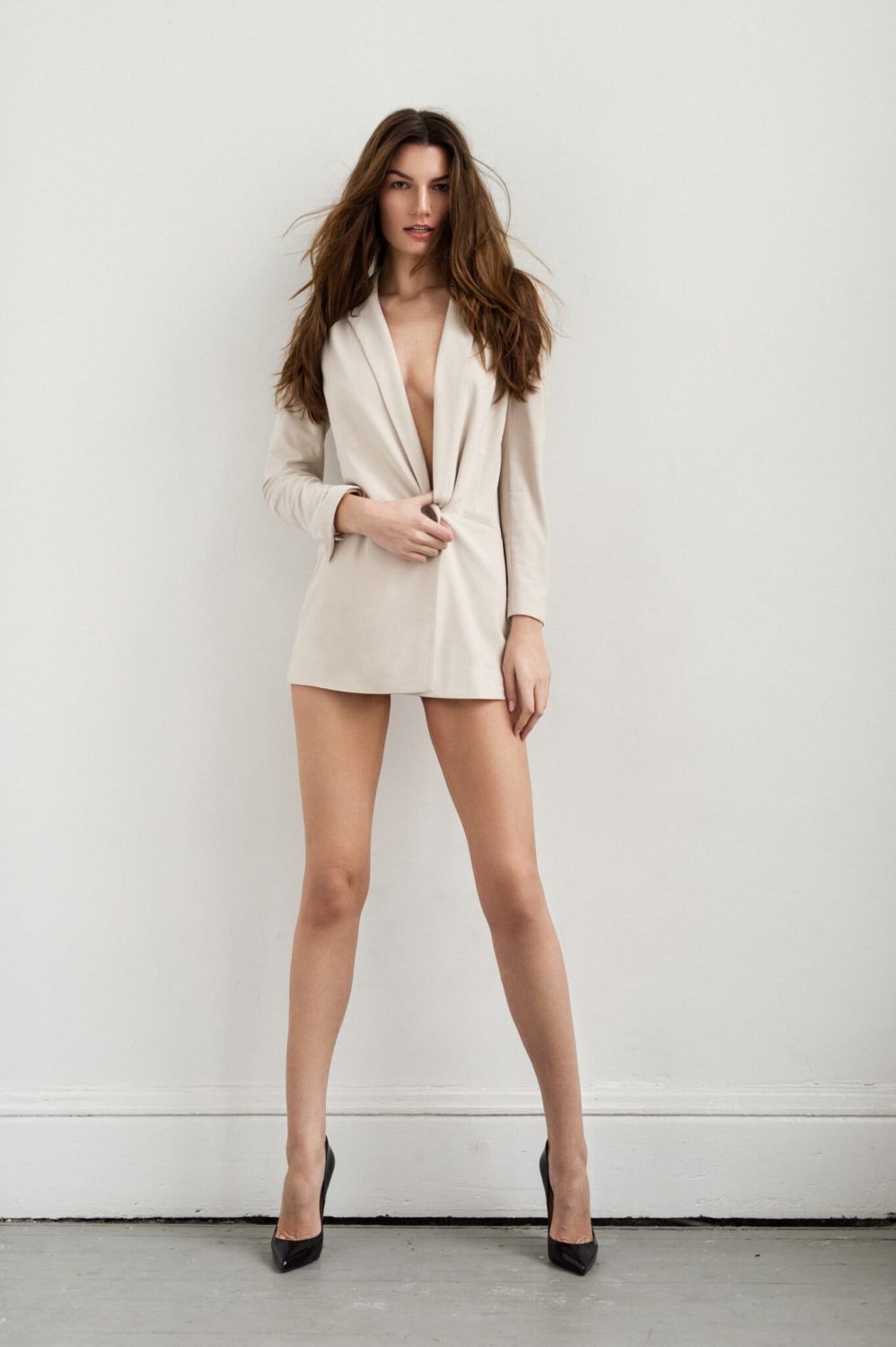
As the world becomes increasingly aware of the impact of fashion on the environment, more and more people are seeking sustainable and eco-friendly clothing choices. With Spring/Summer 2023 on the horizon, it’s the perfect time to revamp your wardrobe with pieces that are not only stylish but also kind to the planet. From recycled fabrics and natural dyes to innovative design techniques, there are plenty of ways to embrace green fashion choices and look your best while doing your part for the environment. In this article, we’ll explore some of the latest trends and sustainable fashion options for the upcoming season, helping you create a fashionable and eco-friendly wardrobe.
1. Upcycling
This is an innovative trend that is gaining popularity in the fashion industry. Upcycling transforms old or unused materials into new, stylish clothing and accessories. The upcycled clothing reduces waste and is an eco-friendly way to create unique, sustainable fashion. Designers are incorporating upcycling techniques into their collections by repurposing fabrics and materials like plastic bottles into fashionable clothing items.
For instance, old denim can be turned into patchwork jackets and vintage scarves can be made into statement pieces like headbands or belts. Upcycling also allows designers to experiment with unique materials, textures, and colors, resulting in unique, one-of-a-kind pieces. In addition to being sustainable, upcycling is a great way to add some personality to your wardrobe while reducing your carbon footprint.
2. Natural Fabrics
Fabrics like organic cotton, linen, and hemp are biodegradable and eco-friendly, making them an excellent choice for conscious consumers who want to reduce their environmental impact. The production of natural fabrics involves fewer chemicals and less water than synthetic materials, making them a more sustainable choice. Also, natural fabrics are breathable and comfortable, making them ideal for warmer seasons.
Organic cotton, for instance, is grown without harmful pesticides or fertilizers, making it a safer choice for farmers and consumers. Linen is made from the fibers of the flax plant and is highly durable, making it an excellent choice for long-lasting garments. Hemp is another sustainable fabric that requires minimal water and pesticides to grow, making it an eco-friendly option for clothing.
3. Vegan Leather
Traditional leather production involves raising animals, which can be environmentally damaging and cruel to animals. In contrast, vegan leather is made from alternative materials like mushrooms, pineapple leaves, and recycled plastic. These materials offer a similar look and feel as traditional leather but are much more sustainable and cruelty-free.
For example, mushroom leather is created by taking the root system of mushrooms and combining it with other natural fibers to create a durable, leather-like material. Pineapple leather is made from the fibers of pineapple leaves and is an excellent eco-friendly alternative to traditional leather. Recycled plastic is also being used to create vegan leather, helping to reduce the amount of plastic waste in the environment.
4. Slow Fashion
Slow fashion is a movement that encourages consumers to be more conscious of their clothing purchases. Instead of following trends and buying new items every season, slow fashion emphasizes investing in timeless pieces that will last for years. This helps reduce waste and allows you to build a versatile wardrobe with fewer pieces.
Additionally, when buying slow fashion items, looking for items made with sustainable fabrics and produced ethically is crucial. Investing in clothing that has been ethically sourced, recycled, upcycled, or made from natural materials is a great way to ensure that the pieces you buy are eco-friendly.
5. Zero-Waste Design
Zero-waste design is a sustainable approach to fashion that seeks to reduce clothing waste by utilizing every fabric scrap and minimizing production waste. This technique involves designing garments in such a way that all of the fabric pieces fit together without any excess material left over. By doing this, designers can create unique and sustainable pieces while reducing fabric waste.
Zero-waste design is a creative way to repurpose fabrics that would otherwise end up in landfills and helps to reduce environmental pollution. These designs often feature unique patterns and silhouettes, making them a great way to stand out.
6. Natural Dyes
Synthetic dyes often contain harmful chemicals that can be damaging to the environment. On the other hand, natural dyes are derived from natural materials such as plants, fruits, and vegetables. These dyes are safer for the environment and create vibrant and unique colors that cannot be achieved with synthetic dyes.
Not only do natural dyes provide a sustainable alternative to synthetic dyes, but they can also help reduce water waste. Natural dyeing processes use significantly less water than traditional methods and often require no additional energy or chemicals.
Investing in sustainable fashion can help reduce environmental pollution while creating a unique and timeless wardrobe. Sustainable fashion is not only good for the environment, but it also helps to promote ethical practices and supports small businesses. As more consumers become aware of the environmental impacts caused by their clothing purchases, there has been an increasing demand for eco-friendly and sustainable fashion options.







